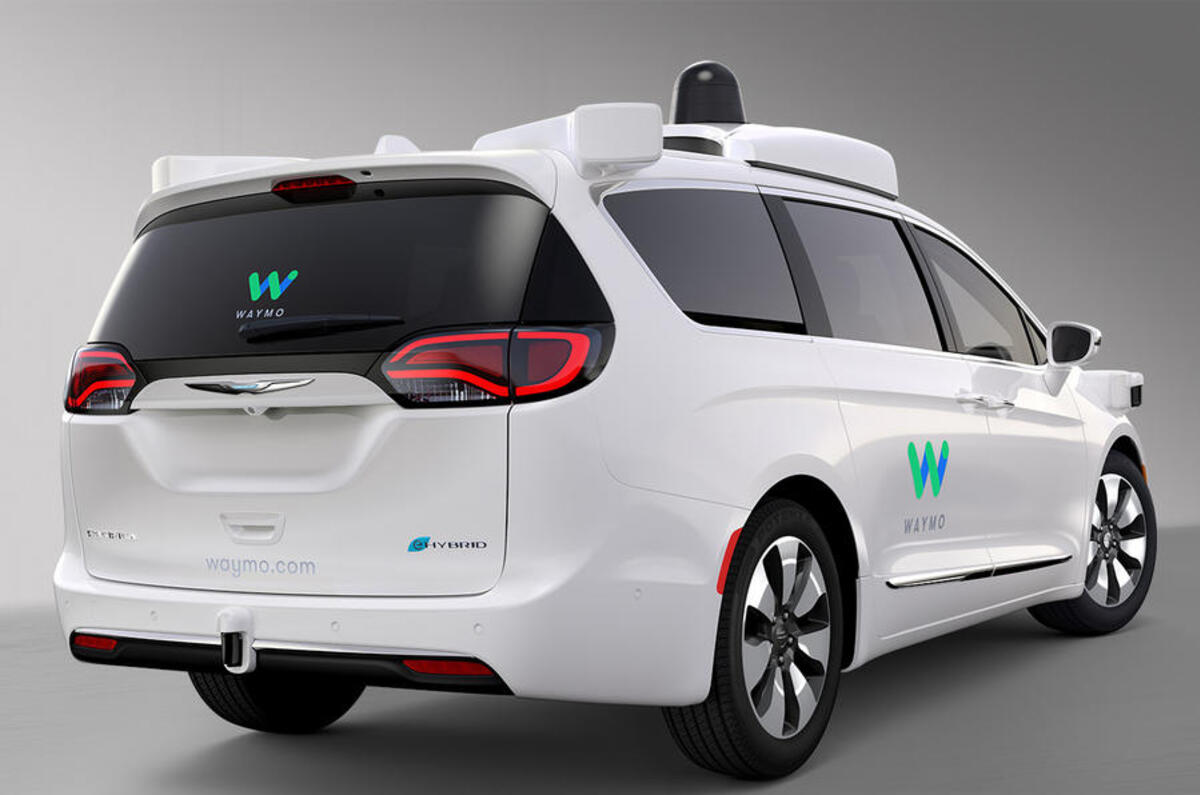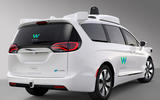Google offshoot Waymo will focus its efforts on creating software and hardware for self-driving cars, developing it for use with established car makers but reserving the right to also use it for its own projects if it decides it is necessary.
The announcement was made during a presentation on the eve of the Detroit motor show by John Krafcik, CEO of Google’s self-driving car team and the former head of Hyundai North America, during which he highlighted the firm’s existing deals with the Fiat Chrysler Group and Honda to work on future projects.
Google's Waymo self-driving company announced
Outlining some of the motivations for developing the technology, and the landmark achievements of the eight-year-old project so far, Krafcik reiterated that Waymo was only interested in developing so-called Level 4 autonomy - essentially fully autonomous cars that can operate without a driver or steering wheel and pedals.
“Each year more than 1.2m people die on roads - that’s the equivalent of a Boeing 737 falling from the sky every hour of every day all year long," said Krafcik, highlighting what he perceived as the shortcomings of current cars and the issues Waymo is looking to solve. “Then there are the people who can’t drive - 20m in the USA alone. Plus, we spend an average of 50 minutes a day commuting - that’s the equivalent of 162 lifetimes wasted per day. Then there’s the fact an average car sits idle 94% of the time.”
Last year, in Austin, Texas, a Google car undertook what Krafcik claimed was the world’s first truly driverless journey, in one of the Google self-driving prototypes - nicknamed Firefly - with no steering wheel and no driver.
However, he said Waymo’s co-operation with the FCA Group - and specifically in developing and building 100 self-driving Chrysler Pacifica Hybrid models in just under six months ready for road testing later in January 2017 - would create a watershed moment in development. “Where Firefly was limited to 25mph, these vehicles can be tested on all roads and in more road conditions,” said Krafcik.
Highlighting some of the technological advances Waymo has made as it has developed its own software and hardware, rather than relying on bought-in technology, Krafcik pointed out how Google’s own Lidar system cost less than 10% of the $75,000 dollars of a bought-in unit a few years ago, adding that it was also technologically more advanced. “The goal is to make this technology accessible to millions of people,” he added.
To date, Waymo Firefly vehicles have driven 2.5 million miles autonomously - equivalent to 300 years of typical human driving - and Krafcik stressed that testing was ramping up fast, with it taking the firm six years to cover its first million miles but just eight months to cover the most recent million miles. In addition, Waymo covers more than one billion miles of testing in its simulator each year.








Add your comment